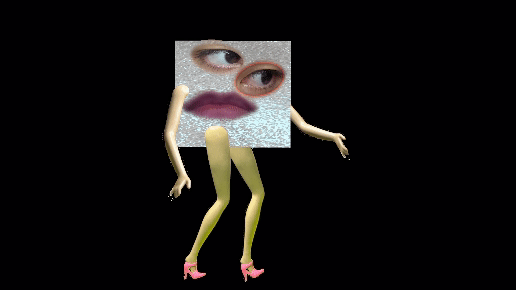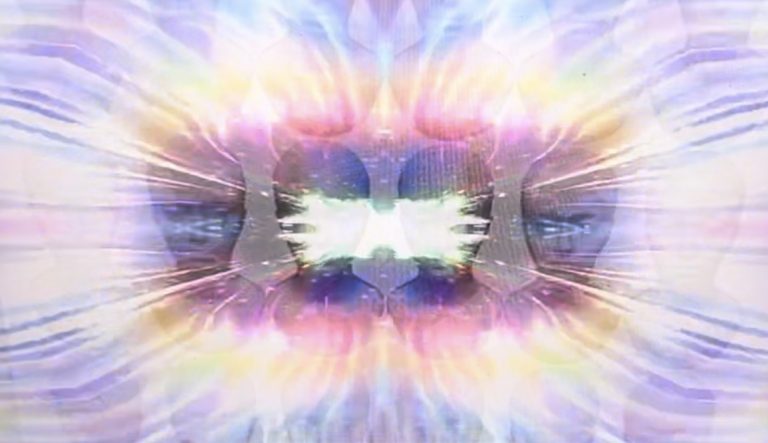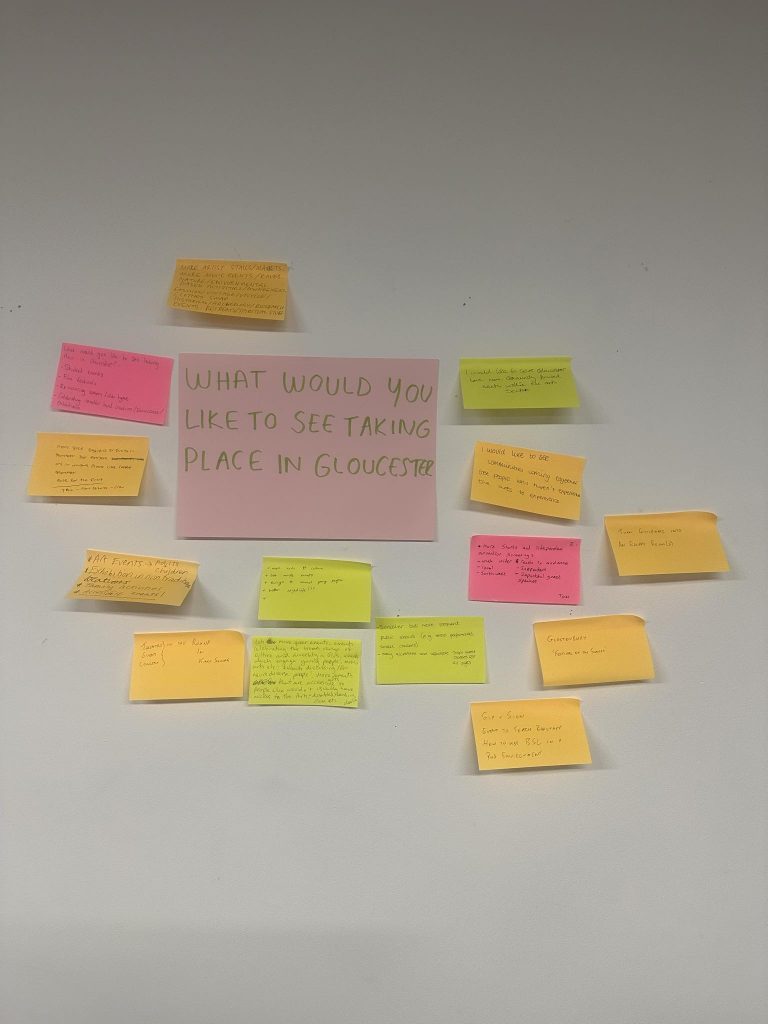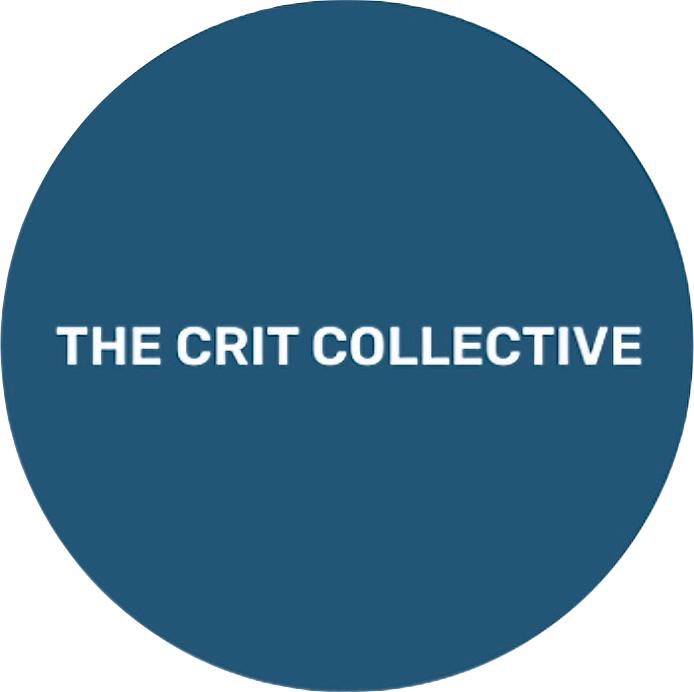Most of my past moving image works have had an element of text that was an intrinsic part of the work. Sometimes, this text was aimed towards improving accessibility in exhibition contexts whereas others it had merely an aesthetic function; occasionally both.
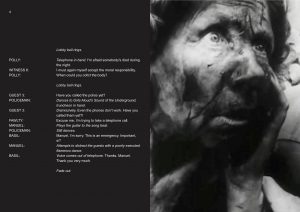

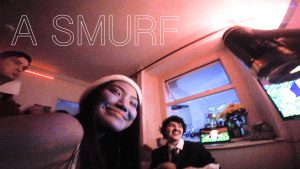
Therefore, the topics raised in Accessibility Session 2 regarding closed and open captions feels particularly relevant to the direction in which I want to take my work and the audiences who I want to engage with.
Given the intrinsic quality of some textual materials to my work, I have often incorporated this text through Adobe Premiere in open captions format in such a way that it can’t be removed without having to access the Premiere file. I do appreciate, however, the element of flexibility granted by closed captions format when traditional captions are required.
Moving forward, I am currently working on two projects for which all this knowledge will come in handy.
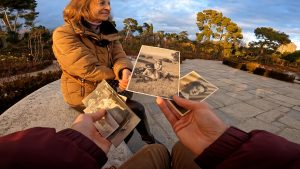
Firstly, I often make work based on family memories. The image above is a still from my current work in progress where I went on a walk with my mum and discussed her relationship to her parents and talked about memories that blend the personal and the historical in relation to my grandmother’s experience of the Spanish Civil War and its aftermath.
During this walk, we both attached a camera onto our bodies and filmed our perspective and body motion throughout while speaking informally.
At the moment, I imagine the film to be exhibited as a double-screen installation, each screen would be each of our perspectives and therefore captions are likely to be used given the importance of their position on the screen. Further experimentation with open or closed formats for this will be crucial in the following weeks.
My second project will be disclosed in the coming posts 🙂



